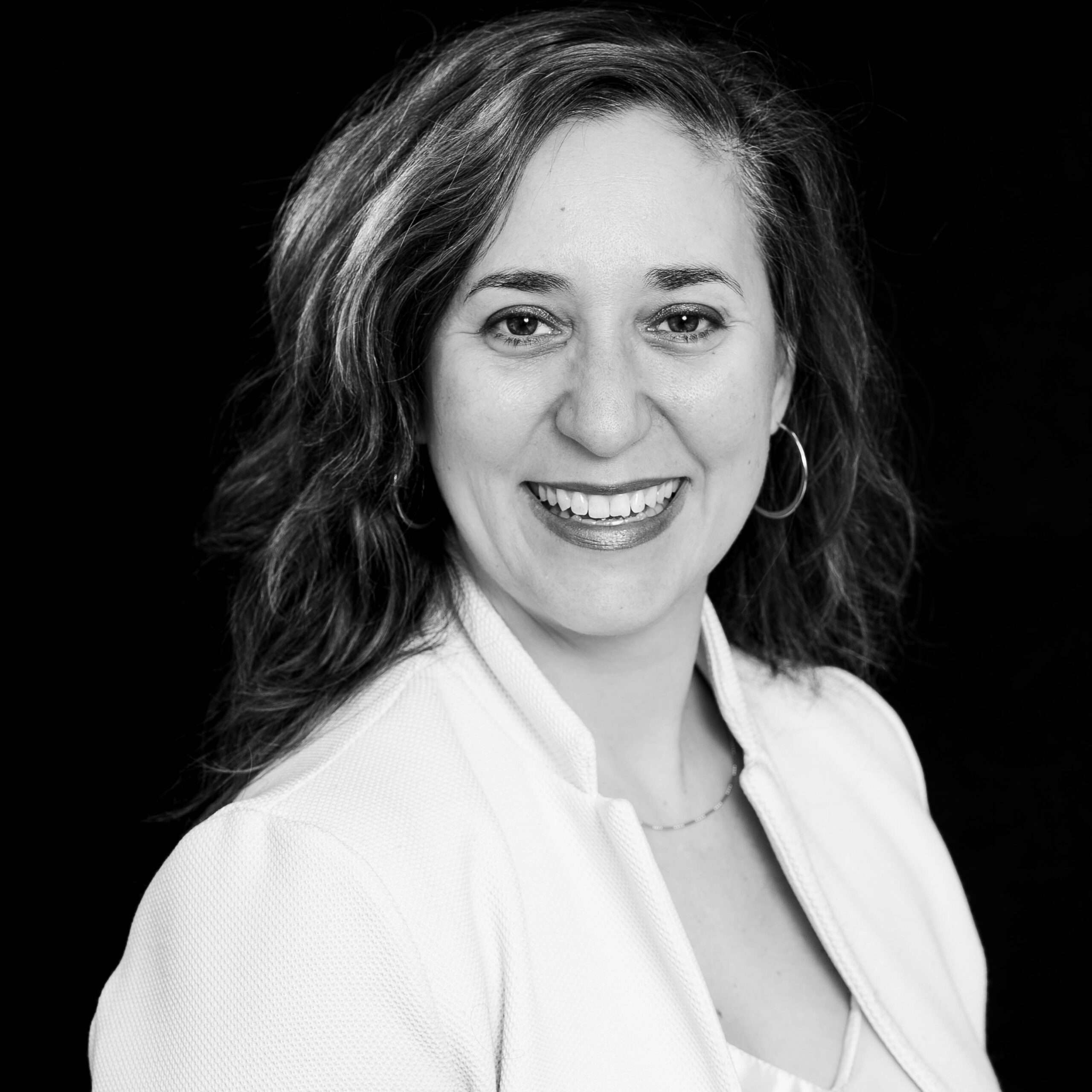
Swiss tradition meets innovation – a cow in the Valais mountain landscape, behind it a satellite dish converted into a solar installation. The solar installation is a project of the data centre operator Leuk TDC and the energy provider CKW. C-Matrix led the project from the concept development, introducing the business partners and developing the media programme which achieved over 160 press reports in 14 different languages, often with this impressive image.
The picture was taken by Gabriel Monnet on behalf of the news agency Keystone-SDA. A renowned freelance photographer, and graduate of the Centre d’enseignement professionnel de Vevey, he works with key news publications and news agencies, specialising in reportage and sports photography. In this exclusive interview, Gabriel discusses what makes the perfect photograph, how the iconic Leuk photograph was taken and the social impact of pictures
What is your process for taking photos at a media conference or an event? Do you develop ideas beforehand or do you create them on site?
I usually imagine a possible subject in advance. On site, I then try to adopt different positions with my camera to find the best angle of the motif. The picture with the cow in Leuk was the last photo I took that day, so I had time to think it through.
Did you expect this photograph to be such a success?
I didn’t expect that at the time of the photo shoot. I think it has to do with the subject that you see. At the time, I was on assignment for Keystone-SDA, the largest news agency in Switzerland and the photo was included in their database. I think it was picked up and published by various international media. because it represents clichés of Switzerland, but also combines tradition and innovation in the same picture.
Do you have future projects, for example in the artistic field, that you would like to pursue?
I don’t consider myself an artist, but I definitely see photography as an art form. I don’t have any concrete projects yet, but I would like to cover major events like the Olympic Games, football World Cups or political events. I am mainly interested in documentary and reportage photography which tells a story and provides the opportunity to trigger viewers’ emotions and challenge their views.
Why is that?
Many expressive images we see on television and in newspapers affect people. For this reason I ask myself, how can I take the picture in such a way that it reflects exactly the situation that is being portrayed. Photographers in war zones are incredibly important, as you can currently see in Ukraine. The difficult thing is always to distinguish between what is real and what is fake. Normally, editors report on topics based on information that they have to verify in terms of content. With photographs, this verification is more complicated: Is it a new photo? Is it a montage? Is the photograph really genuine at the given location within the actual context? This is why photojournalists are very important in order to record history as contemporary witnesses.
One last question: What do you think makes for a good photograph that gets published internationally?
On the one hand, the informative function of a press photo is very important. That is, the context and relevance of the photo must be instantly recognisable and understood without any ambiguity. On the other hand, the visual aspect is just as important: the framing, the light. And as the photo from Leuk with the cow illustrates, the symbolism conveyed was a decisive factor in its worldwide publication.
Find out more about Gabriel Monnet’s work on his channels:

Michèle Weber Da Costa advises clients in the finance, construction and energy sector. She has many years of experience in project communication, event organisation, change management, internal and intercultural communication at Zurich Airport Police. She was an editor of a staff magazine and helped to shape the digitalisation of internal communication channels.